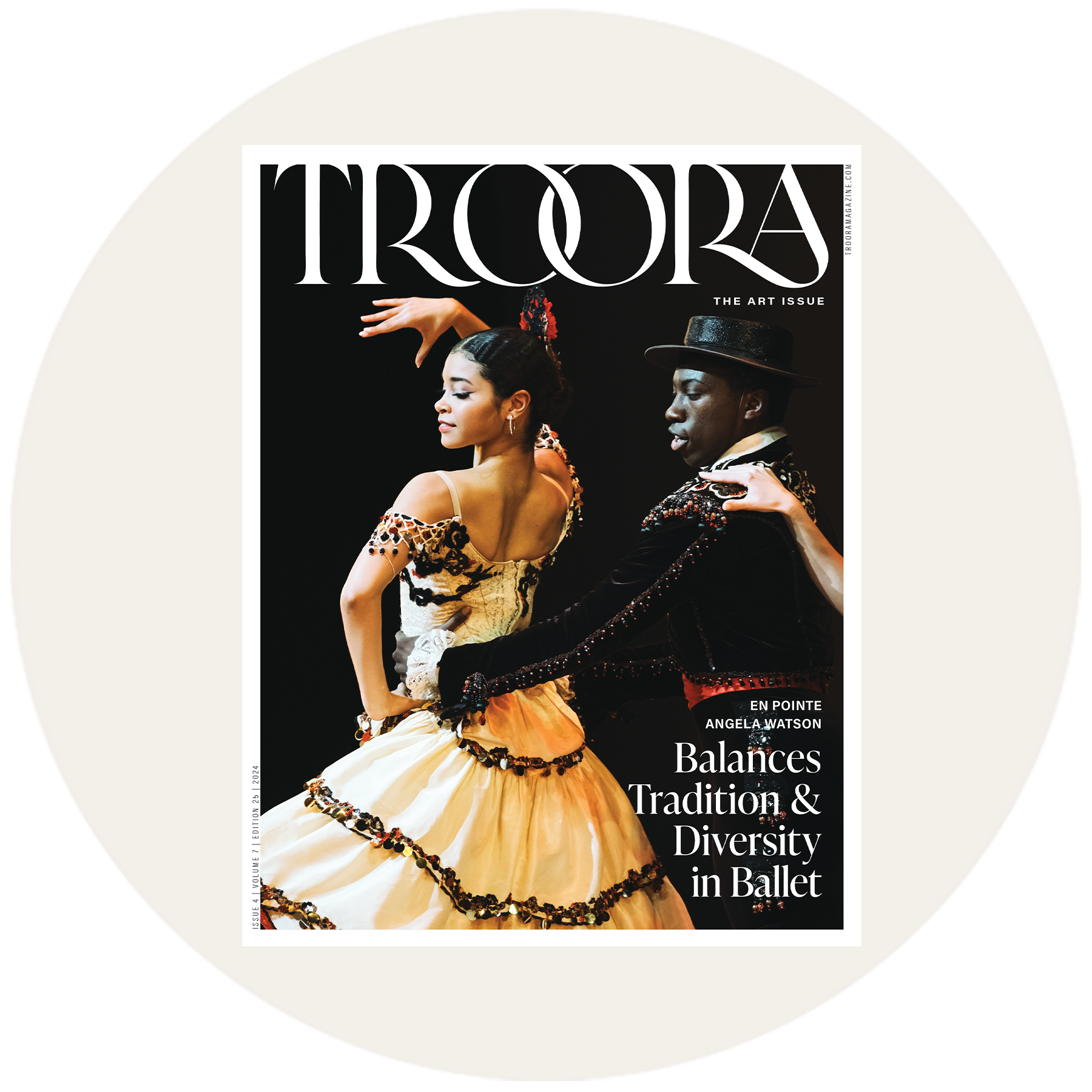
Three LGBTQ+ Maestros Enriching the Arts Realm
In the vibrant realm of visual art and literature, three queer maestros are breaking boundaries and elevating the creative landscape. With their unique perspectives and immense talent, these individuals are transforming the way we perceive and experience the arts.
Through their powerful storytelling, captivating imagery, and thought-provoking concepts, they are challenging societal norms and sparking important conversations about identity, sexuality, and the human experience. Join us as we delve into the visionary works of these artists, exploring the impact they have made and the rich tapestry of queer narratives they have woven into the fabric of the artistic world.
1. Isis Asare

Sistah Scifi, the first Black-owned science fiction and fantasy bookstore in the US, is revolutionizing the literary world. Founded by Isis Asare in 2019, the journey began as a book club and blossomed into an online bookstore, celebrated for its Afrofuturism and uplifting literature by Black and Indigenous women authors. They proudly sell t-shirts featuring these remarkable writers, including Octavia Butler and N.K. Jemisin.
The store has gained recognition in Oprah Magazine, Buzzfeed, and the New York Times. Sistah Scifi will soon launch a network of book vending machines in Black- and Native American-owned coffee shops across the country.
Using her background in psychology and African American studies, and her entrepreneurial spirit, Asare created this inspiring bookstore. Through Afrofuturism, Sistah Scifi empowers readers to redefine themselves in a society focused on assimilation. With a strong community and donor support, Sistah Scifi continues to thrive, bridging the gap between literature, culture, and self-expression.


2. Marcus James

Author Marcus James, a queer author, finds the horror genre very personal & culturally relevant. He believes horror and gothic literature thrive in the space of grief, where loss and pain give darkness life.
Ghosts, whether literal or metaphorical, are pervasive in horror, haunting both people and places. James shares how horror has been unjustly stigmatized, but now critics are recognizing its cultural value, thanks to films like Get Out and Us. As a writer, James aims to represent the queer experience in authenticity without catering to a straight audience. He wants to show that queer people can be heroes too and hopes to provide positive representation of feminine, gay boys in horror literature.

He credits Anne Rice for inspiring his writing career, which began with his love for Interview with the Vampire. James immerses himself in research, traveling to locations and conducting detailed investigations to create realistic and immersive narratives. He draws inspiration from the Pacific Northwest, which he considers to have its own brand of gothic atmosphere.
Currently, James is working on the third novel in his Blackmoore series and eagerly anticipates the reader response to his upcoming books.
3. Ramekon O’Arwisters

Ramekon O’Arwisters, a Southern-born crochet artist and sculptor, finds solace and affirmation in his liberating and authentic style. Concealing his queer identity in the past, he turned to drawing and painting during a time when Black parents feared for their children’s safety from police brutality. His early artwork comprised aesthetically pleasing geometric shapes with no deeper meaning.
Now, as one of the queer maestros, O’Arwisters purposefully employs broken ceramics and fabric remnants in his sculptures, symbolizing the treatment of marginalized individuals in America. Recognizing the art world’s bias against Black artists, he took a break from seeking validation from the white establishment.
Inspired by his mother and grandmother’s quilting, he transformed his heritage into a public art practice, incorporating contrasting colors and improvisation to reflect the necessity of uplifting spirits and overcoming limited opportunities imposed by racism. Through his community art event, the Crochet Jam, O’Arwisters fosters a non-judgmental space rooted in African-American traditions.
The Crochet Jams encourage open discussions on personal issues, allowing individuals to find comfort and support. These events serve as catalysts for social liberation, promoting authentic living and respect for all. O’Arwisters currently exhibits his work at various galleries, including the Patricia Sweetow Gallery, the Museum of the African Diaspora, and the Museum of Craft and Design.



The contributions of these queer maestros to the visual arts, craft, and literature realm are nothing short of remarkable. Their bold creativity, unapologetic self-expression, and ability to challenge societal norms have left an indelible mark on the artistic landscape. Through their thought-provoking works, they have expanded our understanding of identity, love, and the human experience.
Their art and literature serve as powerful catalysts for change, sparking important conversations and fostering inclusivity. As TrooRa celebrates the immense talent and resilience of these artists, we are reminded of the transformative power of art and the importance of amplifying diverse voices in shaping our culturescape.
TROORA MAGAZINE | JUNE 2023
WRITTEN BY MRUDAVI PUNEKAR
PHOTOS COURTESY OF SISTAH SCIFI | MOHAMED MAHMOUD HASSAN | KAI STACHOWIAK | MARCUS JAMES | BENJAMIN CODY | UNSPLASH | RAMEKON O’ARWISTERS | CAROL M. HIGHSMITH | ANDRE NATTA | COTTONBRO STUDIO



Leave a Reply